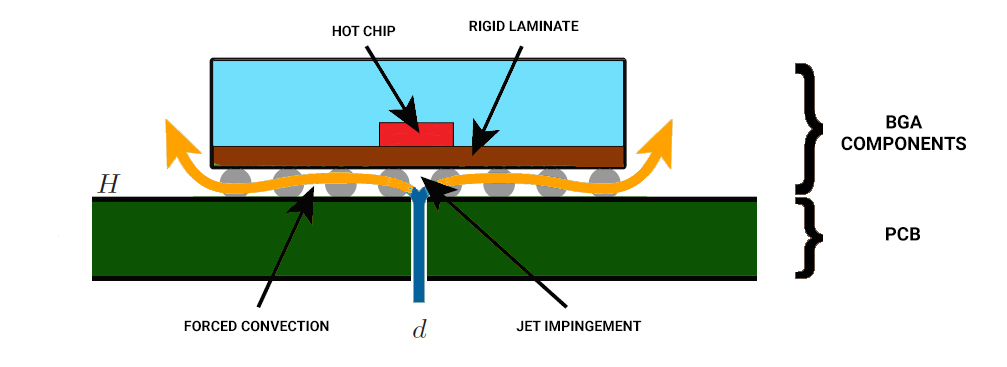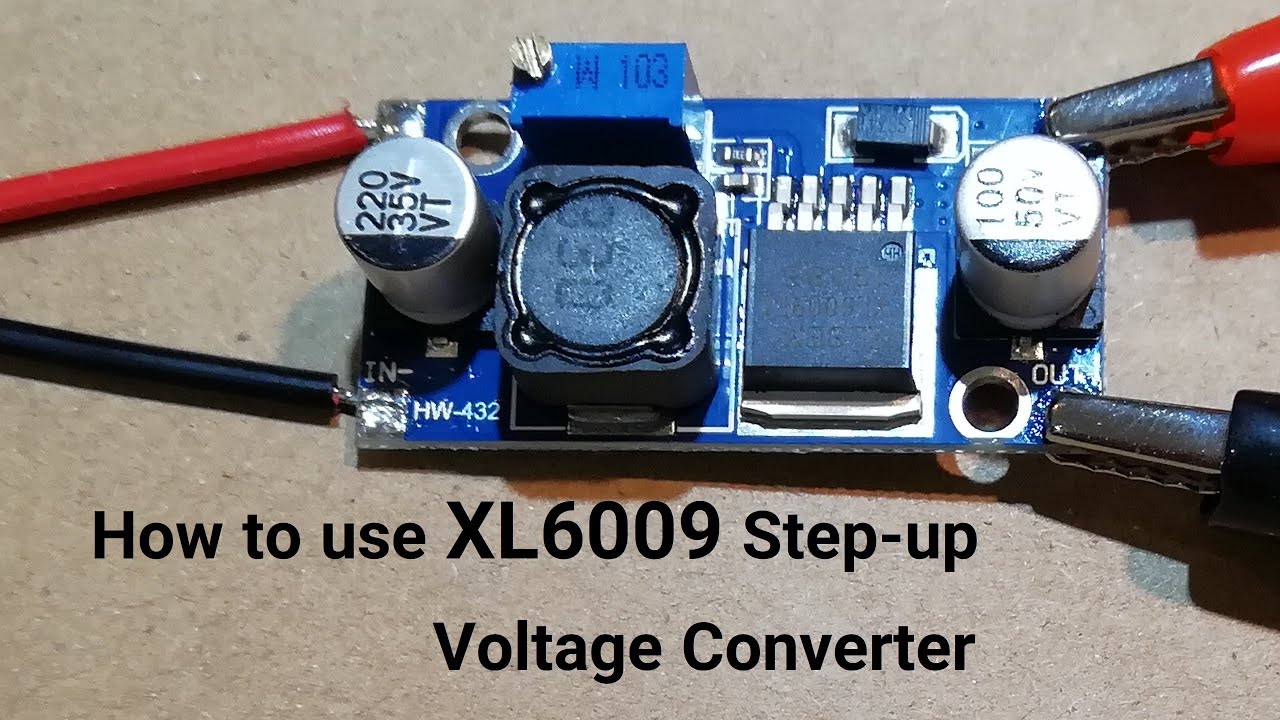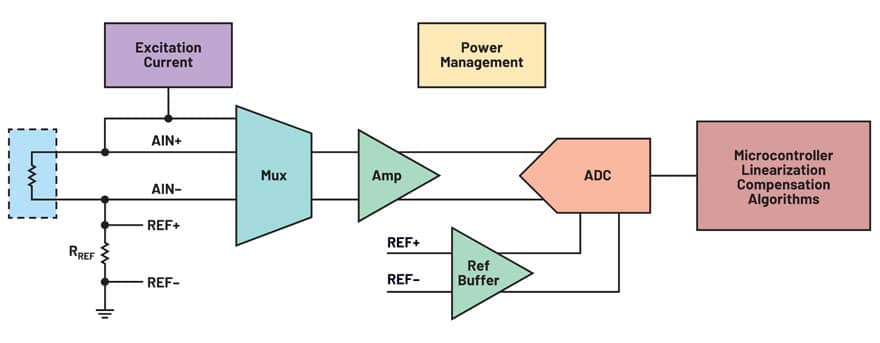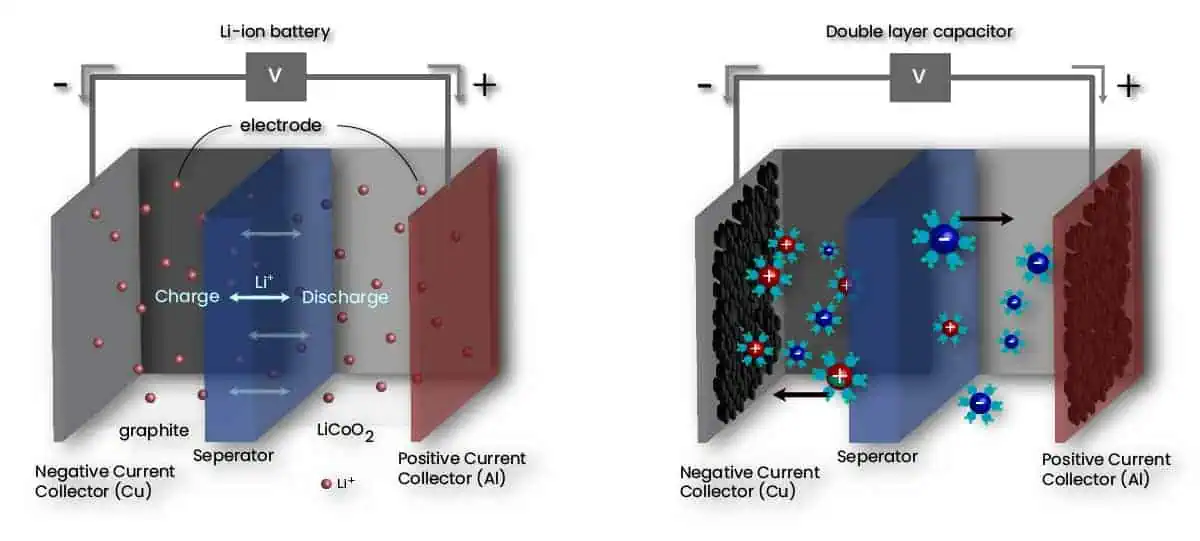Best way to manage heat dissipation in circuits
When it comes to managing heat dissipation in circuits, there are several strategies and techniques that can be employed to ensure optimal performance and longevity of electronic components. Heat management is crucial in electronic devices as excessive heat can lead to malfunctions, reduced lifespan, and even total failure of the circuit.
One of the most effective ways to manage heat dissipation in circuits is through the use of heat sinks. Heat sinks are passive heat exchangers that help dissipate heat away from a component by increasing its surface area. They are commonly made of aluminum or copper and are designed to efficiently transfer heat away from the component to the surrounding environment.
Another effective method for managing heat dissipation in circuits is through proper ventilation. Ensuring that circuits are properly ventilated can help prevent the buildup of heat within the components. This can be achieved by using fans, vents, or even designing the circuit board in such a way that promotes airflow.
Additionally, choosing components with low power dissipation can also help in managing heat in circuits. Components that generate less heat will naturally require less cooling and will be less susceptible to overheating.
Thermal interface materials, such as thermal paste or pads, can also be used to improve heat transfer between components and heat sinks. These materials help fill in gaps and imperfections between surfaces, allowing for better conduction of heat.
Properly designing the circuit layout can also play a significant role in managing heat dissipation. By strategically placing components and heat sinks, heat can be more efficiently transferred away from critical components, reducing the overall temperature of the circuit.
It is important to regularly monitor the temperature of circuits to ensure that they are operating within safe parameters. Overheating can cause components to fail prematurely and can lead to costly repairs or replacements.
In conclusion, managing heat dissipation in circuits is crucial for ensuring optimal performance and longevity of electronic components. By utilizing heat sinks, proper ventilation, low power dissipation components, thermal interface materials, and strategic circuit layout design, heat can be effectively managed to prevent overheating and prolong the lifespan of circuits.
Best way to manage heat dissipation in circuits
When it comes to managing heat dissipation in circuits, there are several strategies and techniques that can be employed to ensure optimal performance and longevity of electronic components. Heat management is crucial in electronic devices as excessive heat can lead to malfunctions, reduced lifespan, and even total failure of the circuit.
One of the most effective ways to manage heat dissipation in circuits is through the use of heat sinks. Heat sinks are passive heat exchangers that help dissipate heat away from a component by increasing its surface area. They are commonly made of aluminum or copper and are designed to efficiently transfer heat away from the component to the surrounding environment.
Another effective method for managing heat dissipation in circuits is through proper ventilation. Ensuring that circuits are properly ventilated can help prevent the buildup of heat within the components. This can be achieved by using fans, vents, or even designing the circuit board in such a way that promotes airflow.
Additionally, choosing components with low power dissipation can also help in managing heat in circuits. Components that generate less heat will naturally require less cooling and will be less susceptible to overheating.
Thermal interface materials, such as thermal paste or pads, can also be used to improve heat transfer between components and heat sinks. These materials help fill in gaps and imperfections between surfaces, allowing for better conduction of heat.
Properly designing the circuit layout can also play a significant role in managing heat dissipation. By strategically placing components and heat sinks, heat can be more efficiently transferred away from critical components, reducing the overall temperature of the circuit.
It is important to regularly monitor the temperature of circuits to ensure that they are operating within safe parameters. Overheating can cause components to fail prematurely and can lead to costly repairs or replacements.
In conclusion, managing heat dissipation in circuits is crucial for ensuring optimal performance and longevity of electronic components. By utilizing heat sinks, proper ventilation, low power dissipation components, thermal interface materials, and strategic circuit layout design, heat can be effectively managed to prevent overheating and prolong the lifespan of circuits.



